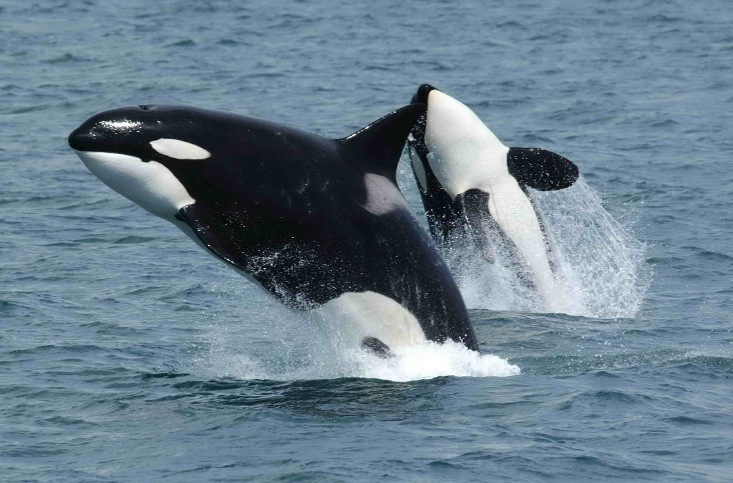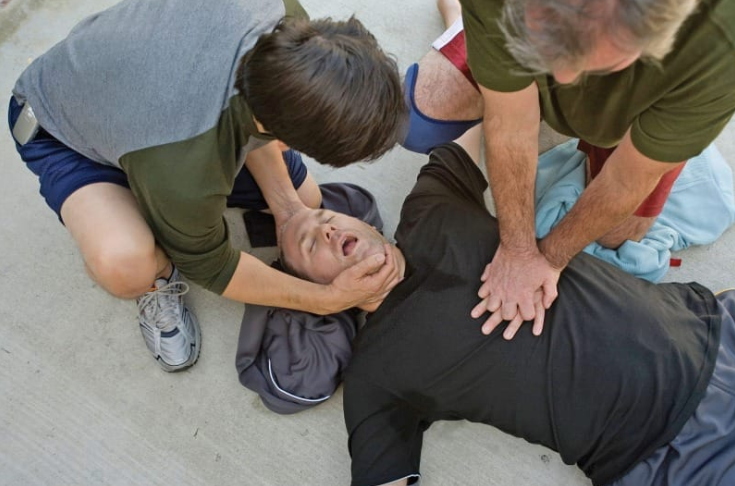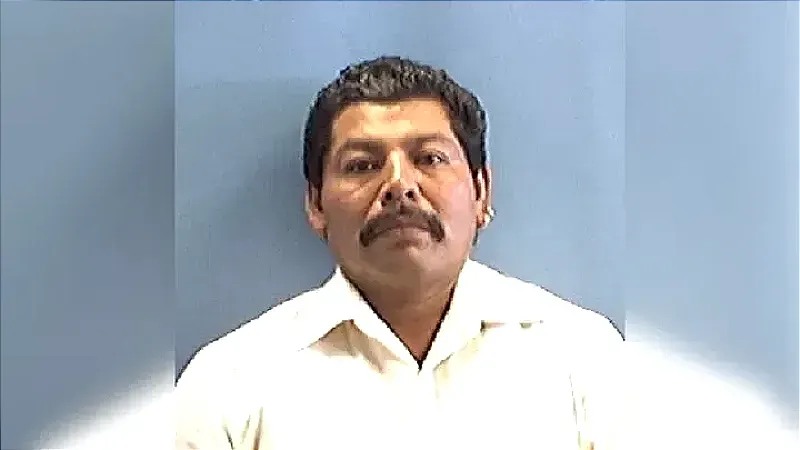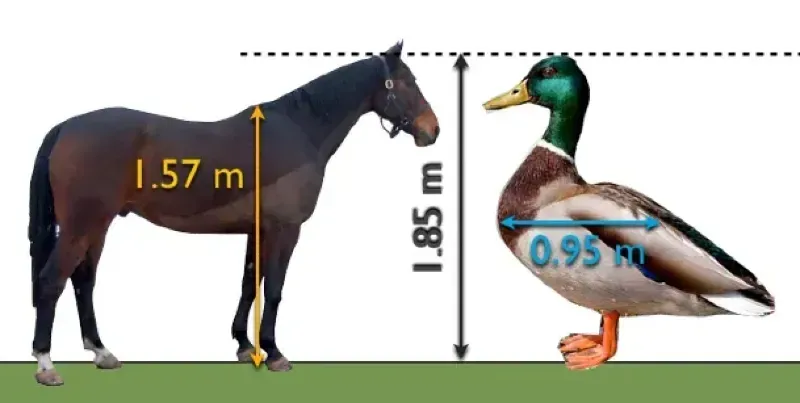
From NBC News: “A Russian chess player is under investigation after allegedly being caught on camera spraying her opponent’s board with what authorities said was a substance containing mercury as part of an attempted poisoning ahead of a match last week. Amina Abakarova faces a possible lifetime ban and potential criminal proceedings, Russian authorities said, after the incident during a tournament in the Caucasus republic of Dagestan. The Russian Chess Federation issued a statement Wednesday on what it said was “an attempt to poison a participant in the championship of the Republic of Dagestan in Makhachkala,” referring to Dagestan’s capital. It said Abakarova has been temporarily suspended from all competitions under the authority of the national federation, pending the conclusion of a criminal investigation. A 34-second surveillance video purports to show Abakarova walking around what looks like a room with chessboards set up for a tournament and appearing to rub something on one of the boards, before walking away.”
The Voynich Manuscript has baffled scientists for 500 years

From The Atlantic: “In the library catalog, the book—a parchment codex the size of a hardcover novel—had a simple, colorless title: “Cipher Manuscript.” But newspapers tended to call it the “Voynich Manuscript,” after the rare-books dealer Wilfrid Voynich, who acquired it from a Jesuit collection in Italy around 1912. An heir sold the manuscript to another dealer, who donated it to Yale in 1969. Its 234 pages contained some 38,000 words, but not one of them was readable. The book’s unnamed author had written it, likely with a quill pen, in symbols never before seen. Did they represent a natural language, such as Latin? A constructed language, like Esperanto? A secret code? Gibberish? Scholars had no real idea. And there were otherworldly illustrations: groups of naked women who held stars on strings, like balloons, or stood in green pools fed by trickling ducts and by pipes that looked like fallopian tubes. Many of the women, arms outstretched, seemed less to be bathing than working, almost like plumbers.”
(Editor’s note: If you like this newsletter, please share it with someone else. And if you really like it, perhaps you could subscribe, or contribute something via my Patreon. Thanks for being a reader!)
The strange saga of Kowloon Walled City, once the most densely-populated place on earth

From Atlas Obscura: “The most densely populated city on Earth had only one postman. His round was confined to an area barely a hundredth of a square mile in size. Yet within that space was a staggering number of addresses: 350 buildings, almost all between 10 and 14 stories high, occupied by 8,500 premises, 10,700 households, and more than 33,000 residents. The city’s many tall, narrow tower blocks were packed tight against each other—so tight as to make the whole place seem like one massive structure: part architecture, part organism. There was little uniformity of shape, height, or building material. Cast-iron balconies lurched against brick annexes and concrete walls. Wiring and cables covered every surface: running vertically from ground level up to forests of rooftop television aerials, or stretching horizontally like innumerable rolls of dark twine that seemed almost to bind the buildings together. Entering the city meant leaving daylight behind. There were hundreds of alleyways, most just a few feet wide.”
Note: This is a version of my personal newsletter, which I send out via Ghost, the open-source publishing platform. You can see other issues and sign up here.
Continue reading “Russian chess player accused of trying to poison opponent”



















